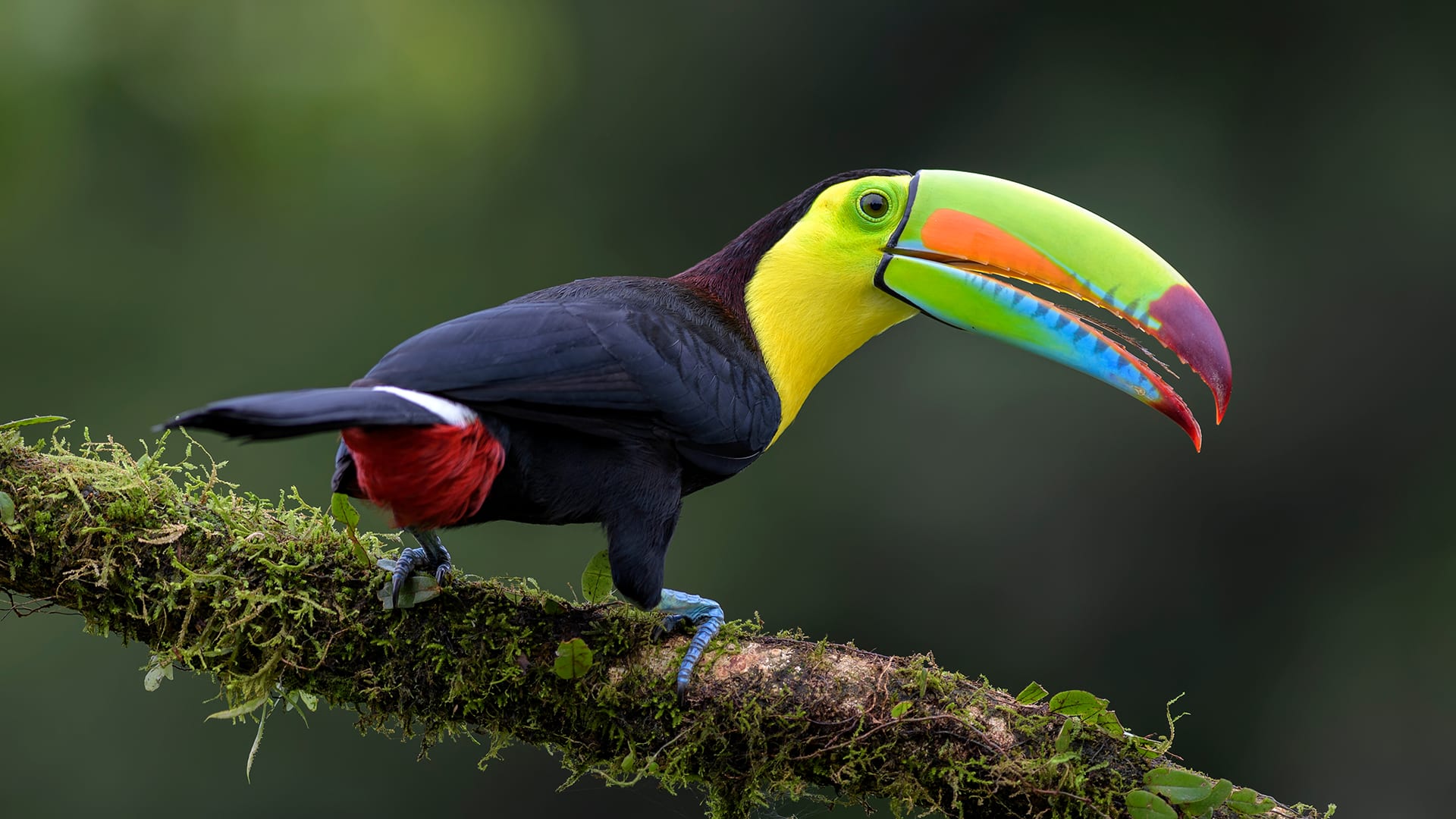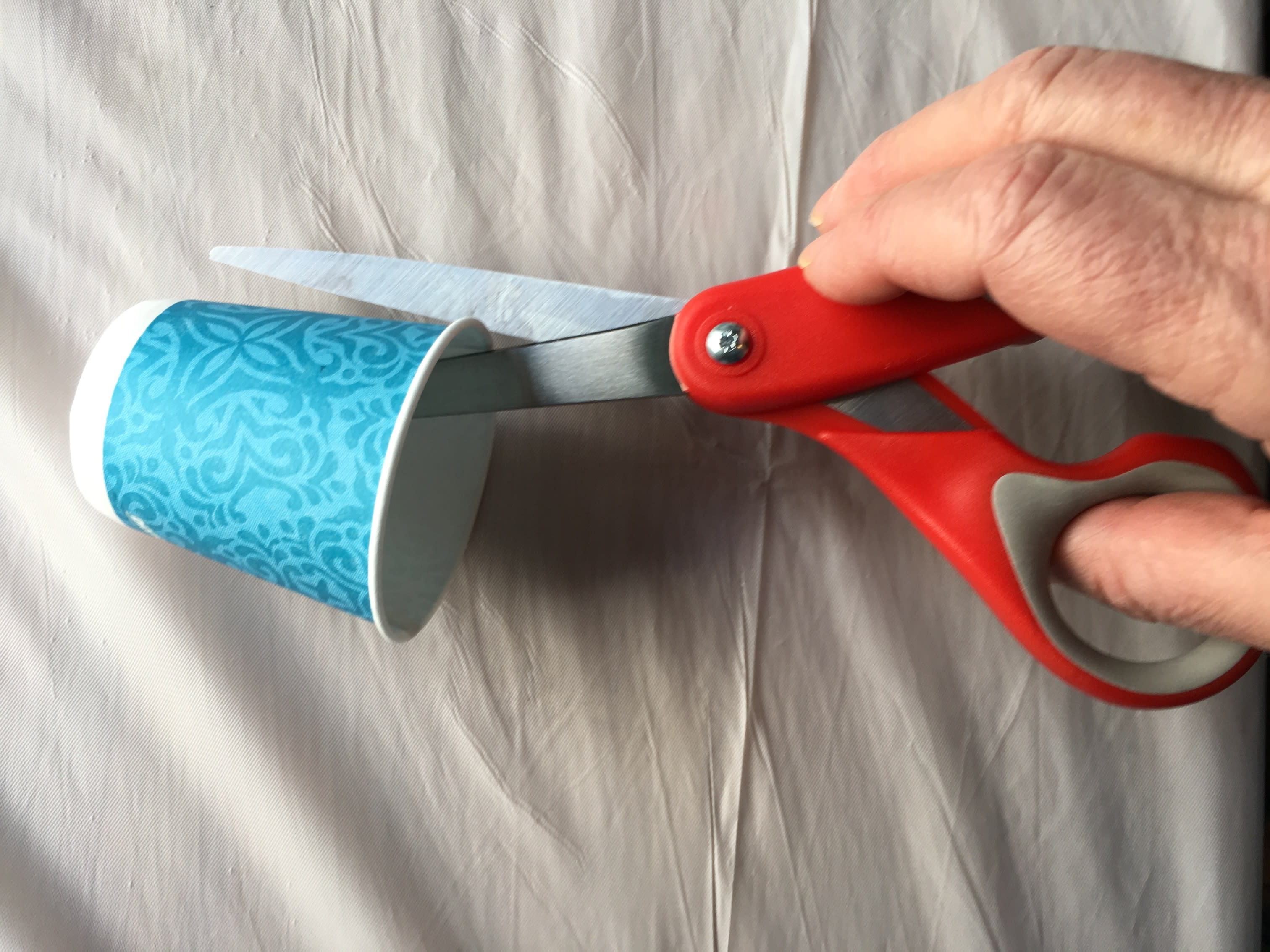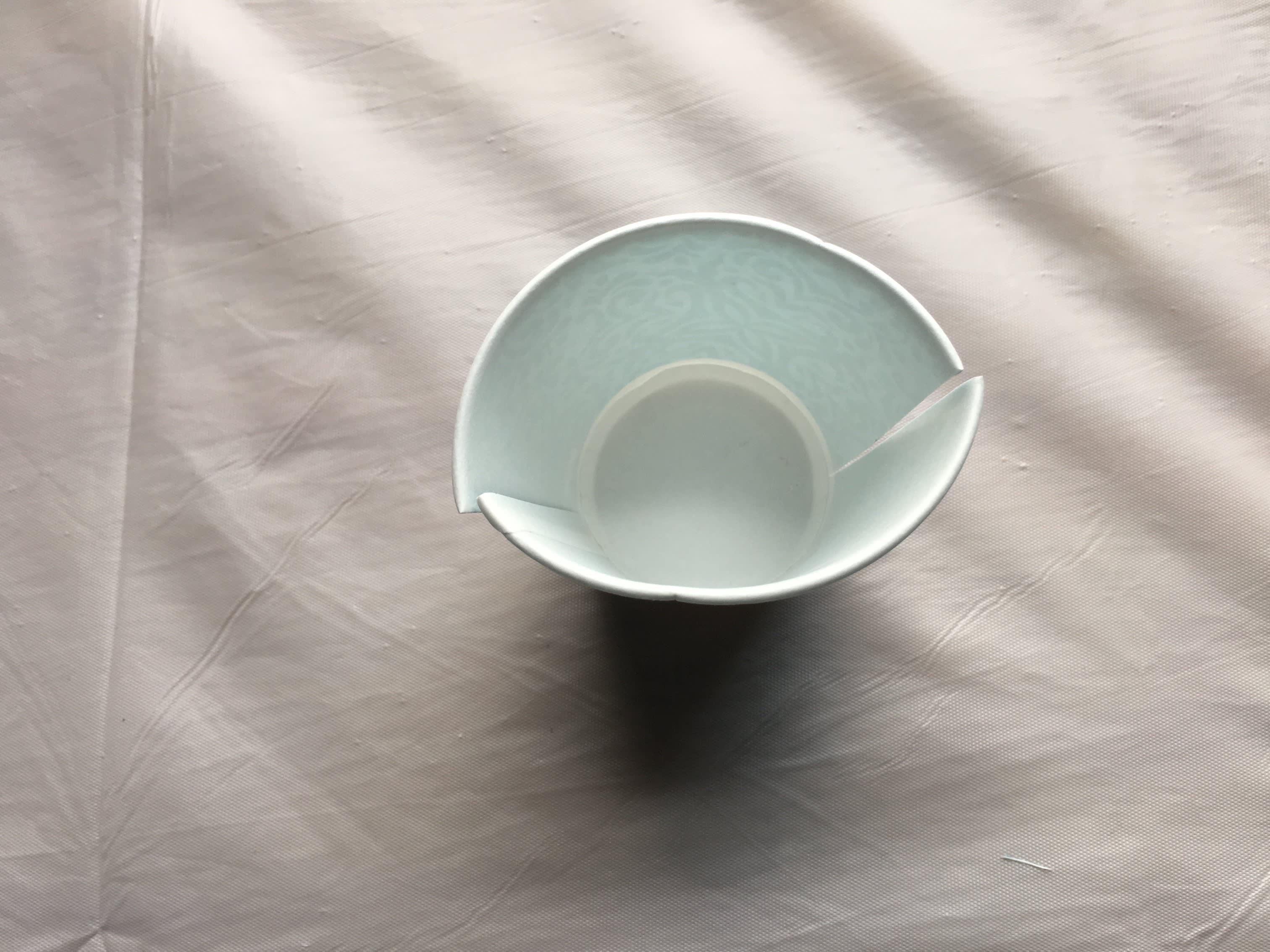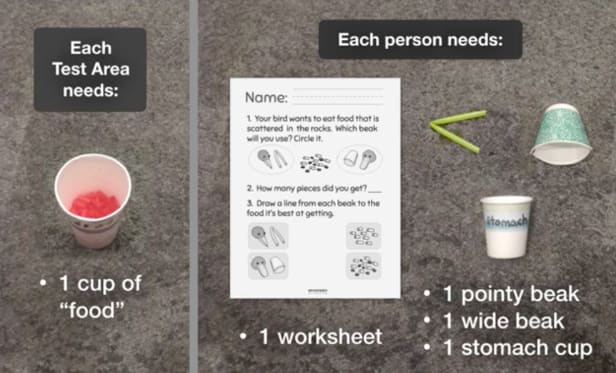Scroll for prep

Please wait…
This video is having trouble loading. You may have lost your Internet connection.
Step 1: Click to Reload this page
Step 2: Click to
Try our other video player
Step 3: contact support if trouble persists.
Or,
dismiss this message.

Please wait…
This video is having trouble loading. You may have lost your Internet connection.
Step 1: Click to Reload this page
Step 2: Click to
Try our other video player
Step 3: contact support if trouble persists.
Or,
dismiss this message.

Please wait…
This video is having trouble loading. You may have lost your Internet connection.
Step 1: Click to Reload this page
Step 2: Click to
Try our other video player
Step 3: contact support if trouble persists.
Or,
dismiss this message.

Please wait…
This video is having trouble loading. You may have lost your Internet connection.
Step 1: Click to Reload this page
Step 2: Click to
Try our other video player
Step 3: contact support if trouble persists.
Or,
dismiss this message.

Please wait…
This video is having trouble loading. You may have lost your Internet connection.
Step 1: Click to Reload this page
Step 2: Click to
Try our other video player
Step 3: contact support if trouble persists.
Or,
dismiss this message.
DISCUSS: How are these beaks different?
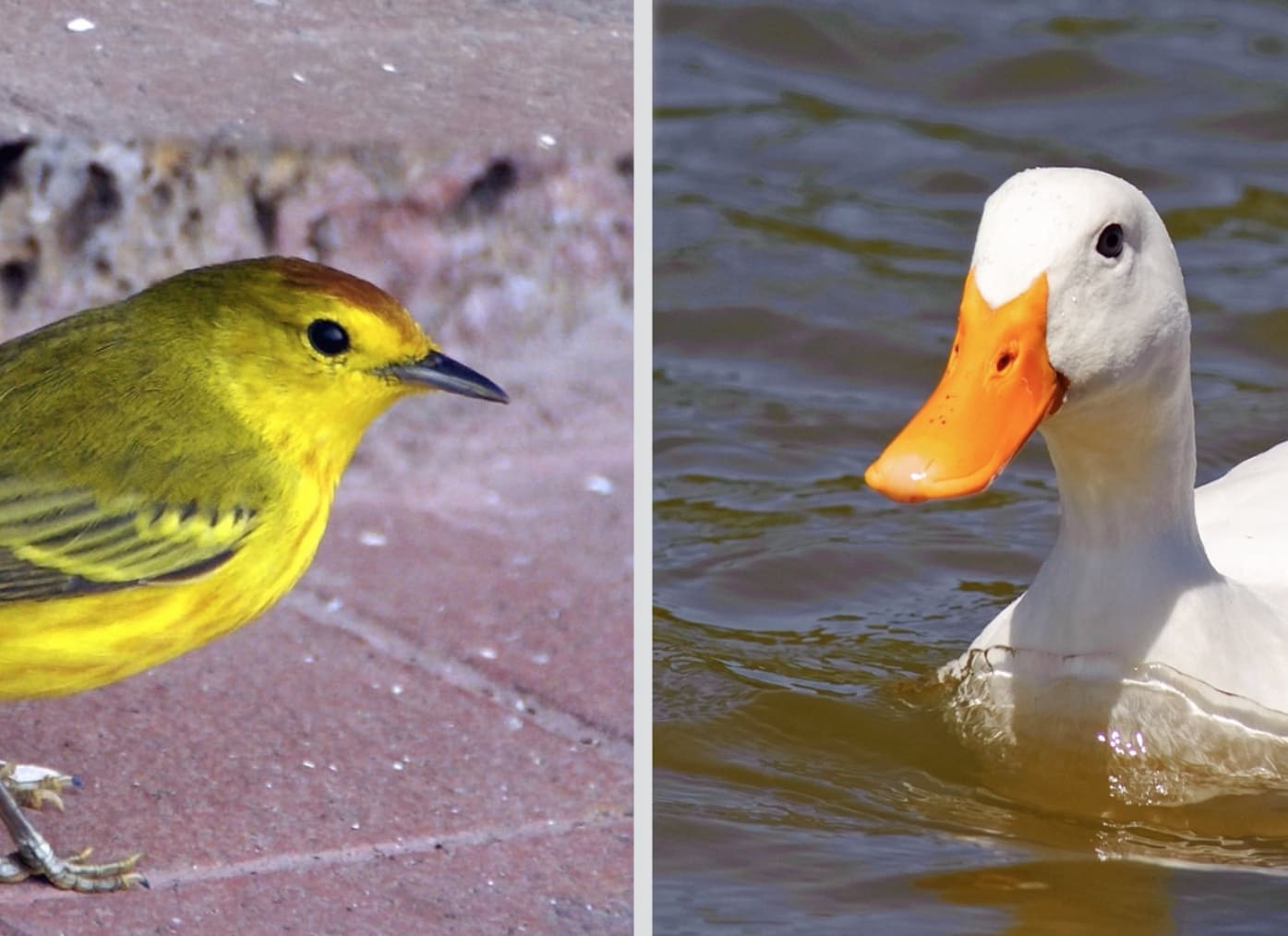

Please wait…
This video is having trouble loading. You may have lost your Internet connection.
Step 1: Click to Reload this page
Step 2: Click to
Try our other video player
Step 3: contact support if trouble persists.
Or,
dismiss this message.

Please wait…
This video is having trouble loading. You may have lost your Internet connection.
Step 1: Click to Reload this page
Step 2: Click to
Try our other video player
Step 3: contact support if trouble persists.
Or,
dismiss this message.

Please wait…
This video is having trouble loading. You may have lost your Internet connection.
Step 1: Click to Reload this page
Step 2: Click to
Try our other video player
Step 3: contact support if trouble persists.
Or,
dismiss this message.

Please wait…
This video is having trouble loading. You may have lost your Internet connection.
Step 1: Click to Reload this page
Step 2: Click to
Try our other video player
Step 3: contact support if trouble persists.
Or,
dismiss this message.

Please wait…
This video is having trouble loading. You may have lost your Internet connection.
Step 1: Click to Reload this page
Step 2: Click to
Try our other video player
Step 3: contact support if trouble persists.
Or,
dismiss this message.

Please wait…
This video is having trouble loading. You may have lost your Internet connection.
Step 1: Click to Reload this page
Step 2: Click to
Try our other video player
Step 3: contact support if trouble persists.
Or,
dismiss this message.

Please wait…
This video is having trouble loading. You may have lost your Internet connection.
Step 1: Click to Reload this page
Step 2: Click to
Try our other video player
Step 3: contact support if trouble persists.
Or,
dismiss this message.

Please wait…
This video is having trouble loading. You may have lost your Internet connection.
Step 1: Click to Reload this page
Step 2: Click to
Try our other video player
Step 3: contact support if trouble persists.
Or,
dismiss this message.

Please wait…
This video is having trouble loading. You may have lost your Internet connection.
Step 1: Click to Reload this page
Step 2: Click to
Try our other video player
Step 3: contact support if trouble persists.
Or,
dismiss this message.

Please wait…
This video is having trouble loading. You may have lost your Internet connection.
Step 1: Click to Reload this page
Step 2: Click to
Try our other video player
Step 3: contact support if trouble persists.
Or,
dismiss this message.

Please wait…
This video is having trouble loading. You may have lost your Internet connection.
Step 1: Click to Reload this page
Step 2: Click to
Try our other video player
Step 3: contact support if trouble persists.
Or,
dismiss this message.

Please wait…
This video is having trouble loading. You may have lost your Internet connection.
Step 1: Click to Reload this page
Step 2: Click to
Try our other video player
Step 3: contact support if trouble persists.
Or,
dismiss this message.

Please wait…
This video is having trouble loading. You may have lost your Internet connection.
Step 1: Click to Reload this page
Step 2: Click to
Try our other video player
Step 3: contact support if trouble persists.
Or,
dismiss this message.

Please wait…
This video is having trouble loading. You may have lost your Internet connection.
Step 1: Click to Reload this page
Step 2: Click to
Try our other video player
Step 3: contact support if trouble persists.
Or,
dismiss this message.

Please wait…
This video is having trouble loading. You may have lost your Internet connection.
Step 1: Click to Reload this page
Step 2: Click to
Try our other video player
Step 3: contact support if trouble persists.
Or,
dismiss this message.
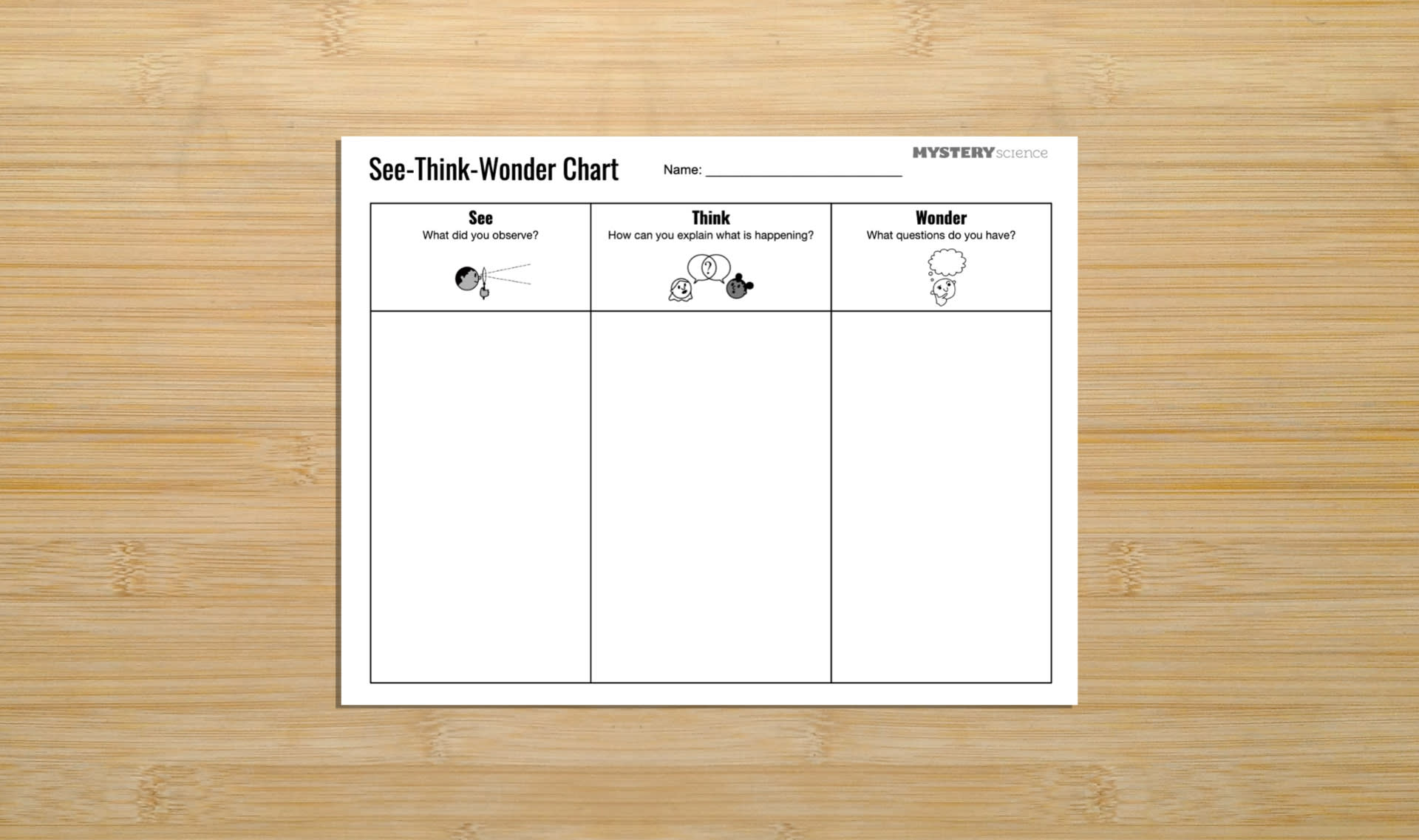
Anchor Connection
Get the Squirrels See-Think-Wonder Chart you saved. We are going to see more
about what squirrels do with their food.
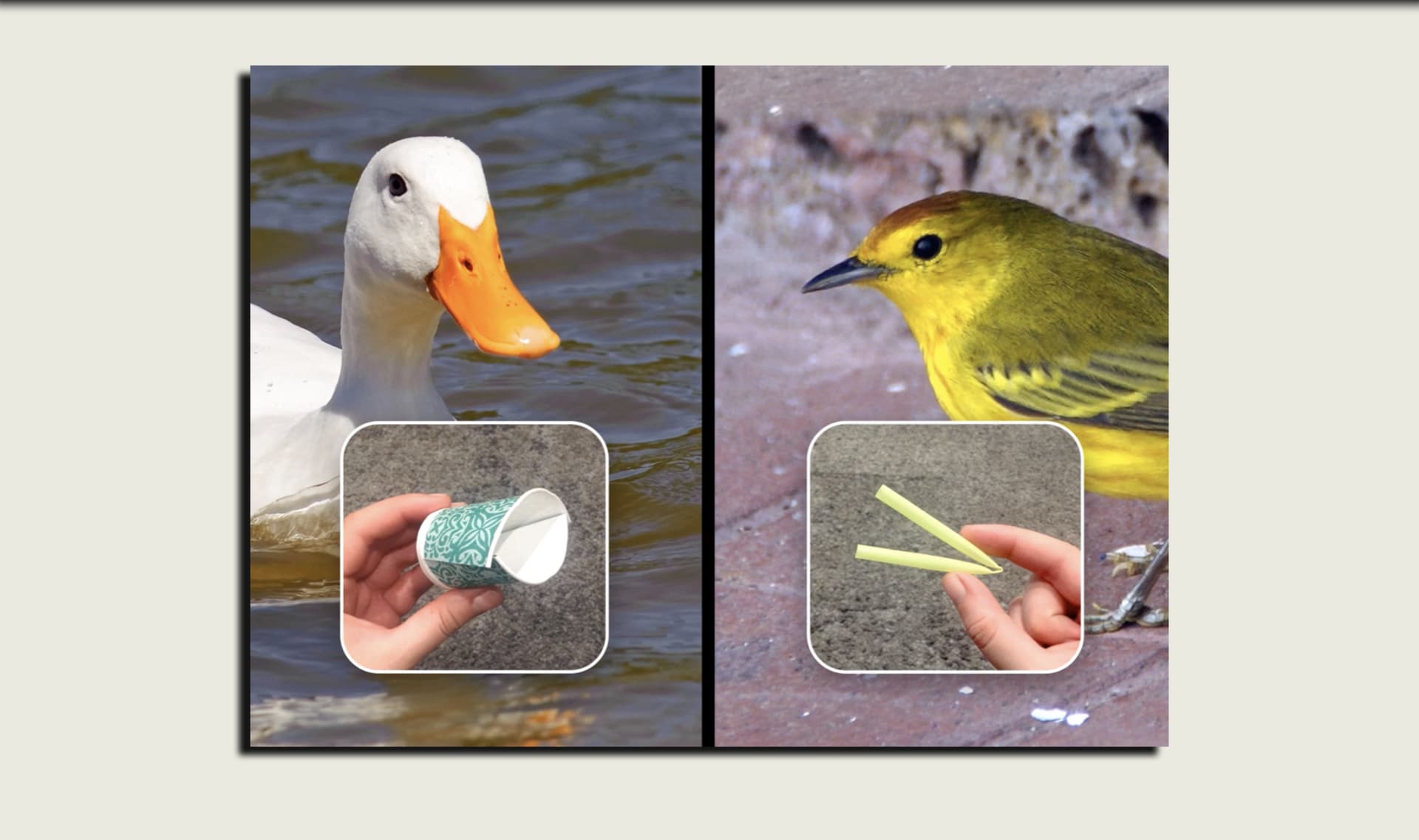
In the past lesson, you saw different bird beaks. Discuss. Why do different birds
have different beaks?
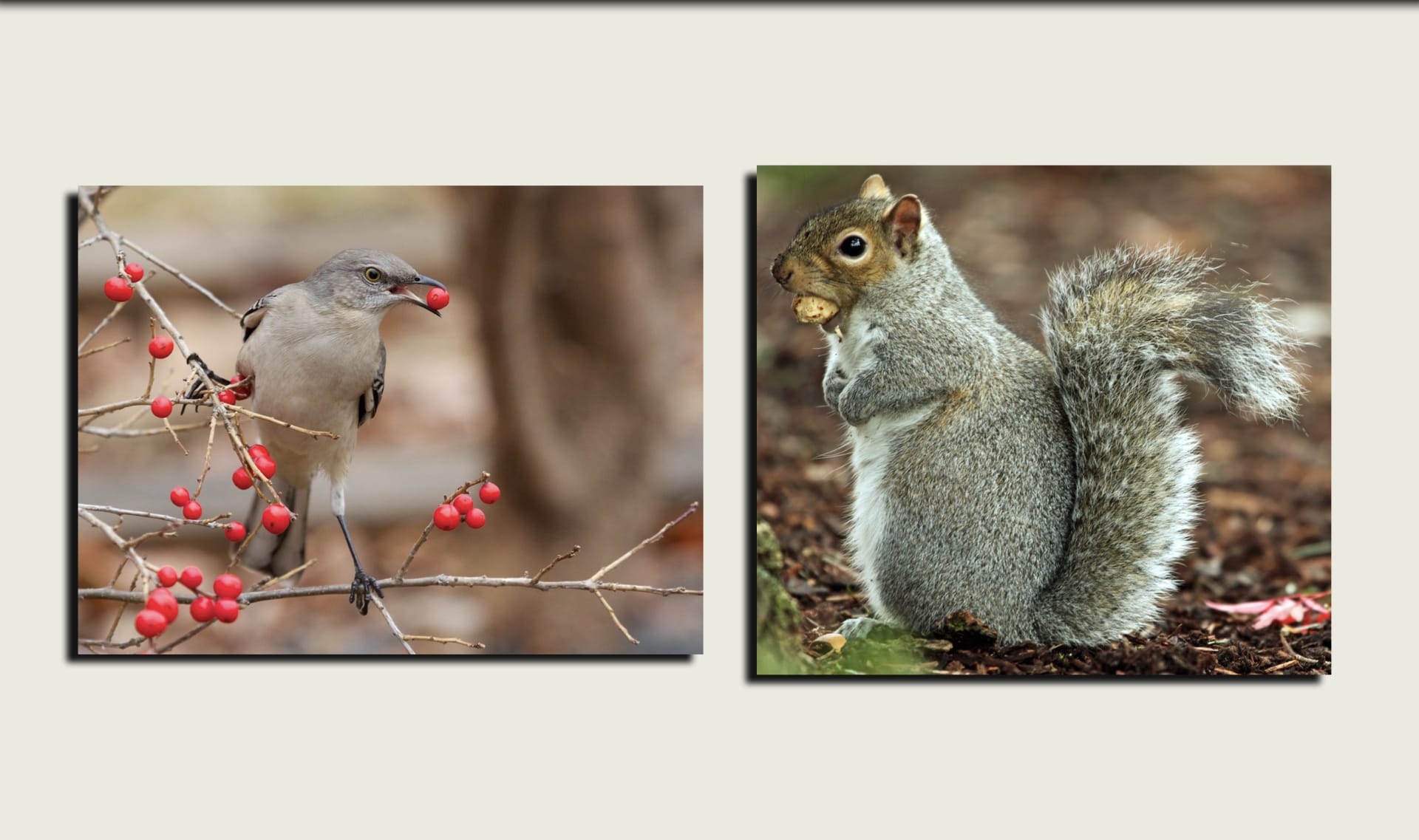
A bird’s beak is its mouth. Different birds have special mouths. Squirrels have
special mouths, too!

Please wait…
This video is having trouble loading. You may have lost your Internet connection.
Step 1: Click to Reload this page
Step 2: Click to
Try our other video player
Step 3: contact support if trouble persists.
Or,
dismiss this message.
Eating is one thing that squirrels do with their mouths. Watch this squirrel eat a
peanut again.

Please wait…
This video is having trouble loading. You may have lost your Internet connection.
Step 1: Click to Reload this page
Step 2: Click to
Try our other video player
Step 3: contact support if trouble persists.
Or,
dismiss this message.
Watch this squirrel again—it is doing something other than eating. Then,
discuss. What is this squirrel doing? Why doesn’t the squirrel eat the food
right away?

Please wait…
This video is having trouble loading. You may have lost your Internet connection.
Step 1: Click to Reload this page
Step 2: Click to
Try our other video player
Step 3: contact support if trouble persists.
Or,
dismiss this message.
Watch what squirrels do with food that they don’t eat right away. Then, discuss.
What is the squirrel doing?
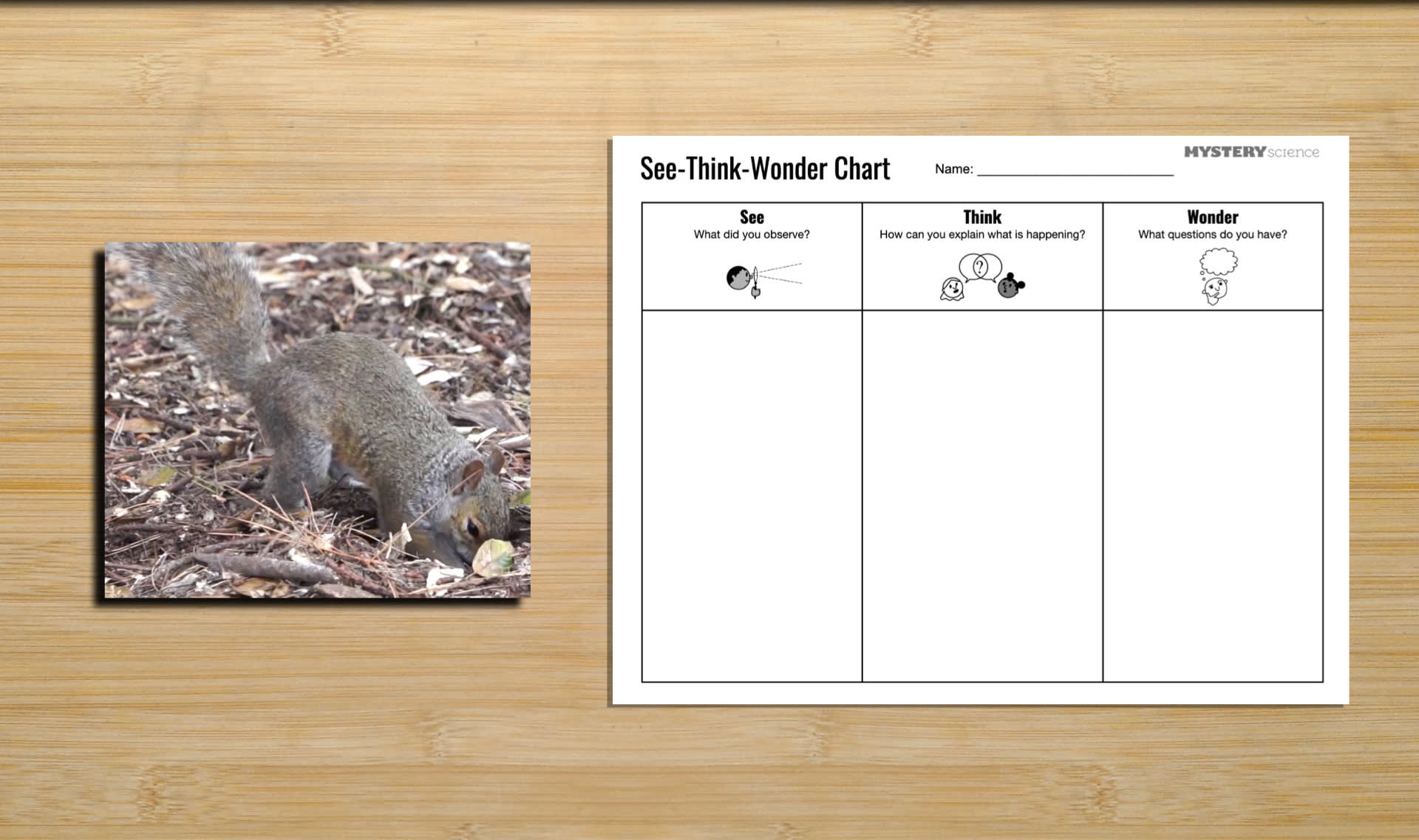
Step
01/07
01/07
Discuss. What did you see the squirrel do with its food? In the "See"
column of your class See-Think-Wonder chart, write down what you
saw.

Please wait…
This video is having trouble loading. You may have lost your Internet connection.
Step 1: Click to Reload this page
Step 2: Click to
Try our other video player
Step 3: contact support if trouble persists.
Or,
dismiss this message.
Step
02/07
02/07
It is now months later. The squirrel has come back for the food it
buried. Watch, then discuss. What is the squirrel doing? Why do you
think squirrels do this?
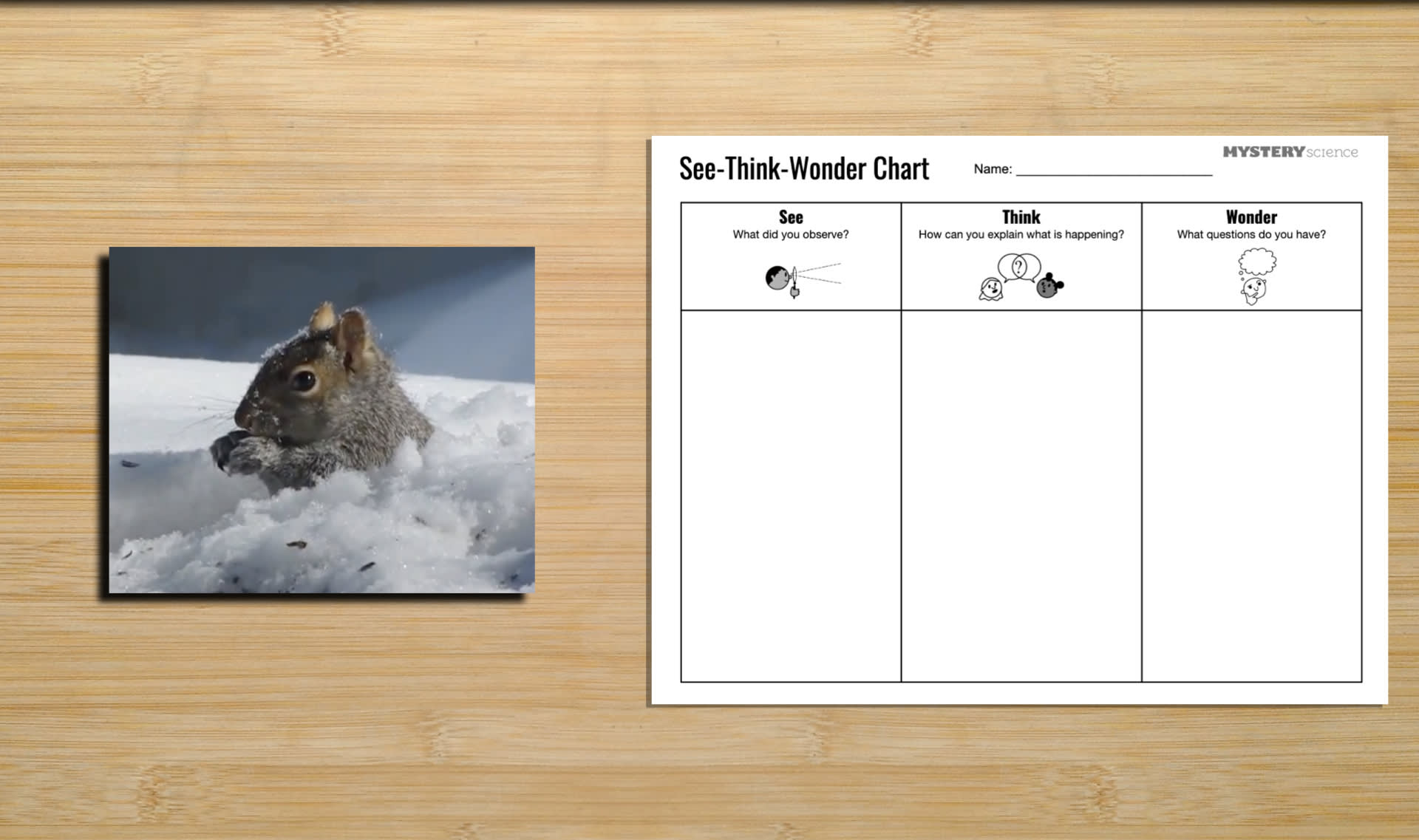
Step
03/07
03/07
Discuss. What did you see the squirrel do when it came back for its
food? In the "See" column of your class See-Think-Wonder chart,
write down what you saw.
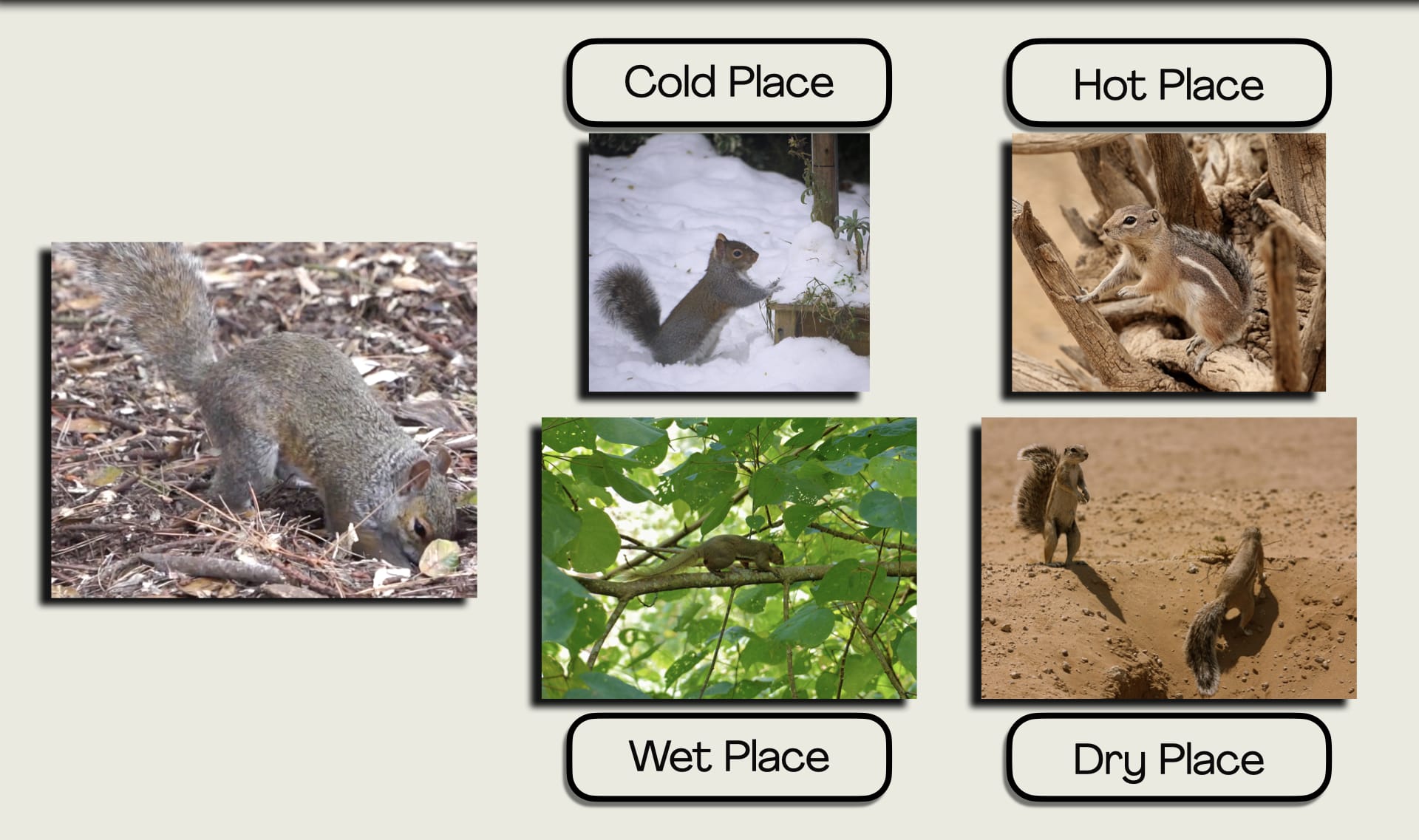
Step
04/07
04/07
Squirrels save food so that they have something to eat all year long.
This helps them stay alive, no matter where they live! Even in hot
places, squirrels save food for later.
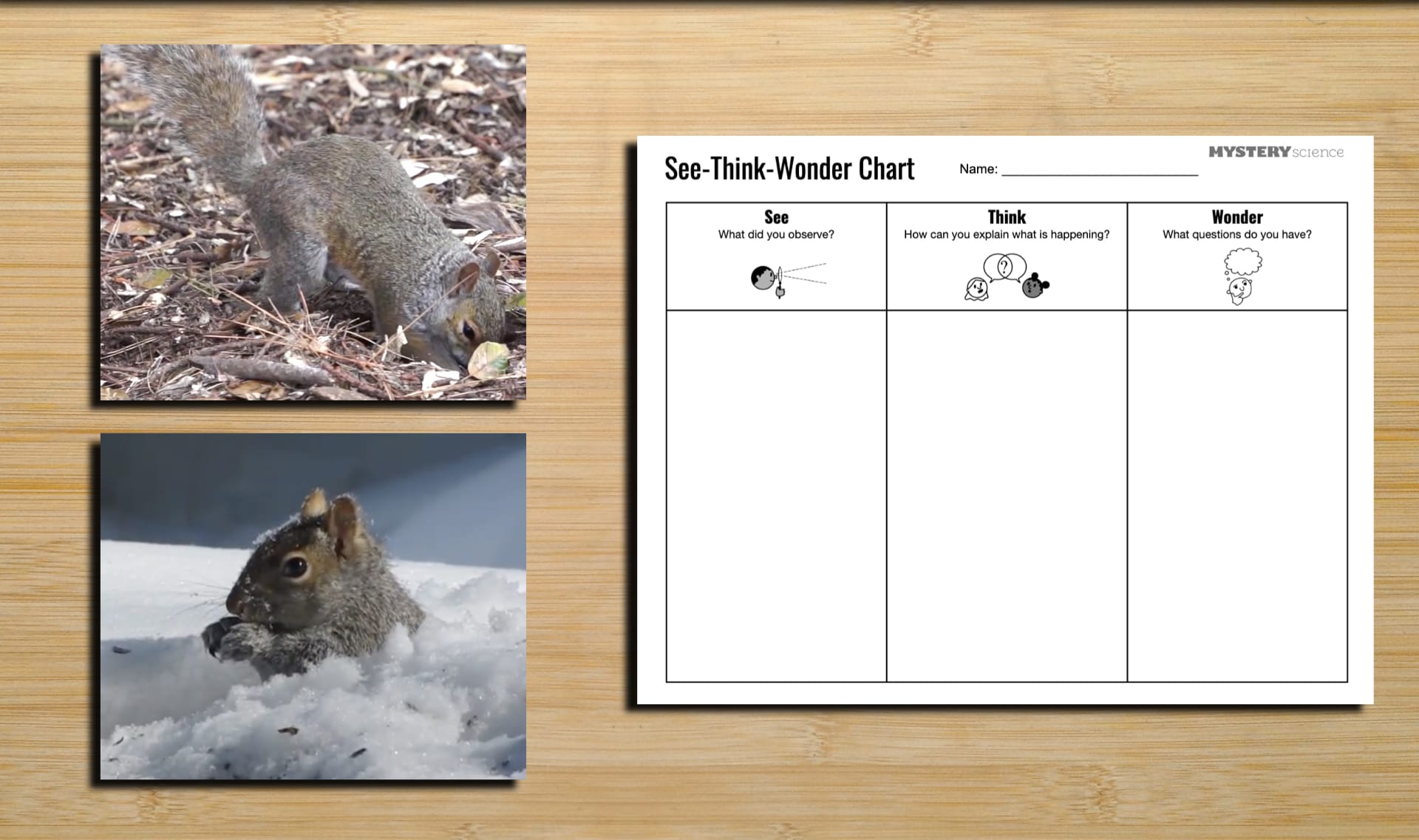
Step
05/07
05/07
Discuss. Why do you think squirrels do this? In the "Think" column of
your class See-Think-Wonder chart, write down what you think.
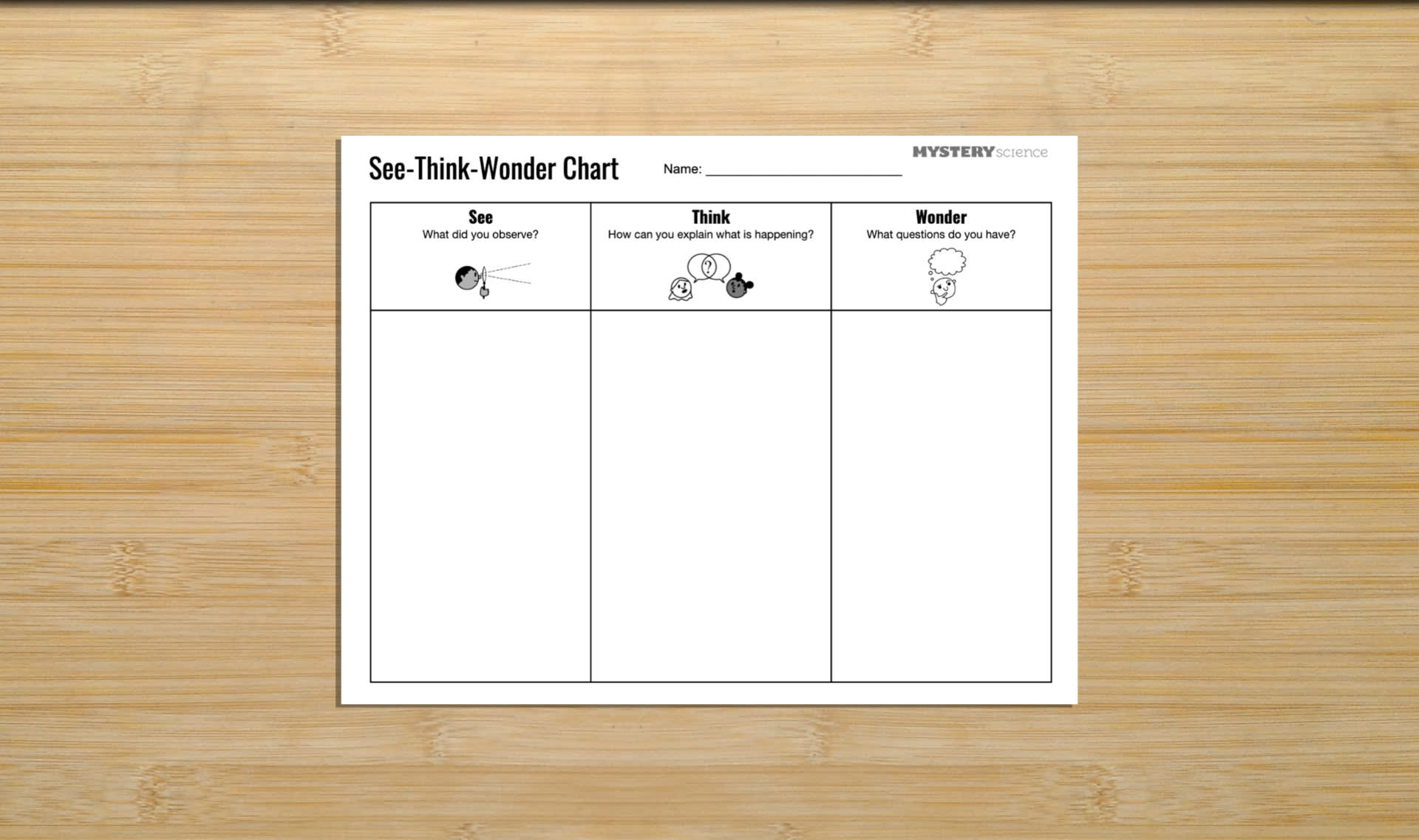
Step
06/07
06/07
Look at the "Wonder" column of your class See-Think-Wonder chart.
Discuss. Have any questions been answered now that you know why
squirrels don’t always eat food right away?
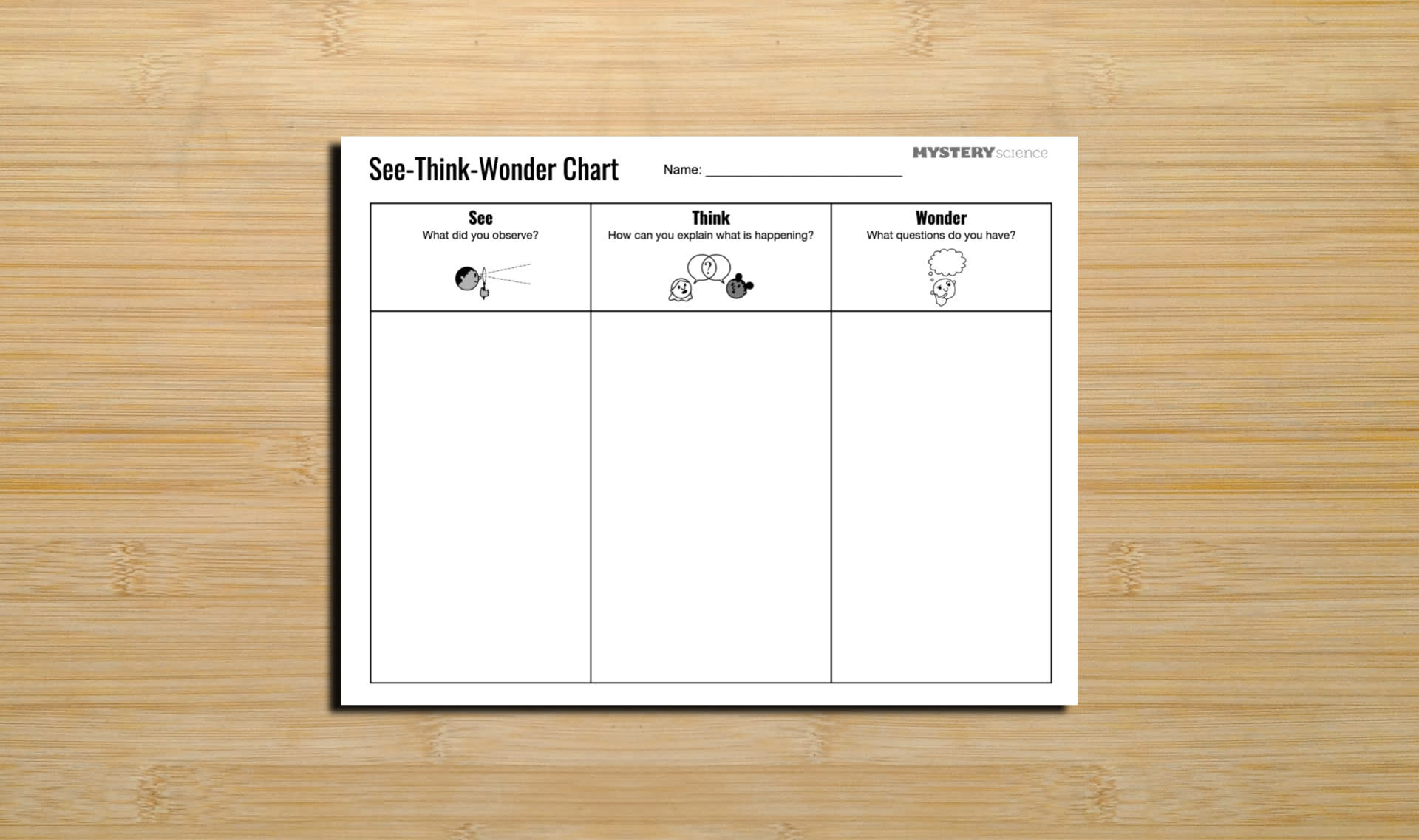
Step
07/07
07/07
Save your See-Think-Wonder Chart for the end of this unit. You will
review it then.
🎉
That’s it for this lesson! How did it go?
Extend this lesson
Sign up now for more great lessons!
Thinking Activity (Part 1)
A bird’s beak is like a tool that helps the bird eat. What kinds of tools would you use if you wanted to:
- Crack a nut open?
- Scoop cereal out of a bowl filled with cereal and milk?
- Sip soda from a tall glass?
- Catch a slippery fish?
Can you think of a bird beak that works like these tools?
If you’re stumped, advance to the next slide to see our ideas.
Thinking Activity (Part 2)
At Mystery Science, we use nutcrackers for cracking nuts. A parrot’s beak is short and strong, and it works like a nut cracker.
A spoon is good for scooping up soggy cereal. It works like a duck’s broad bill.
A straw helps you sip soda from the bottom of a tall glass, just like the hummingbird’s beak lets that bird sip the sweet juice called nectar from the bottom of a flower.
A fork can stab a slippery fish, just like the pointy beak of an egret.

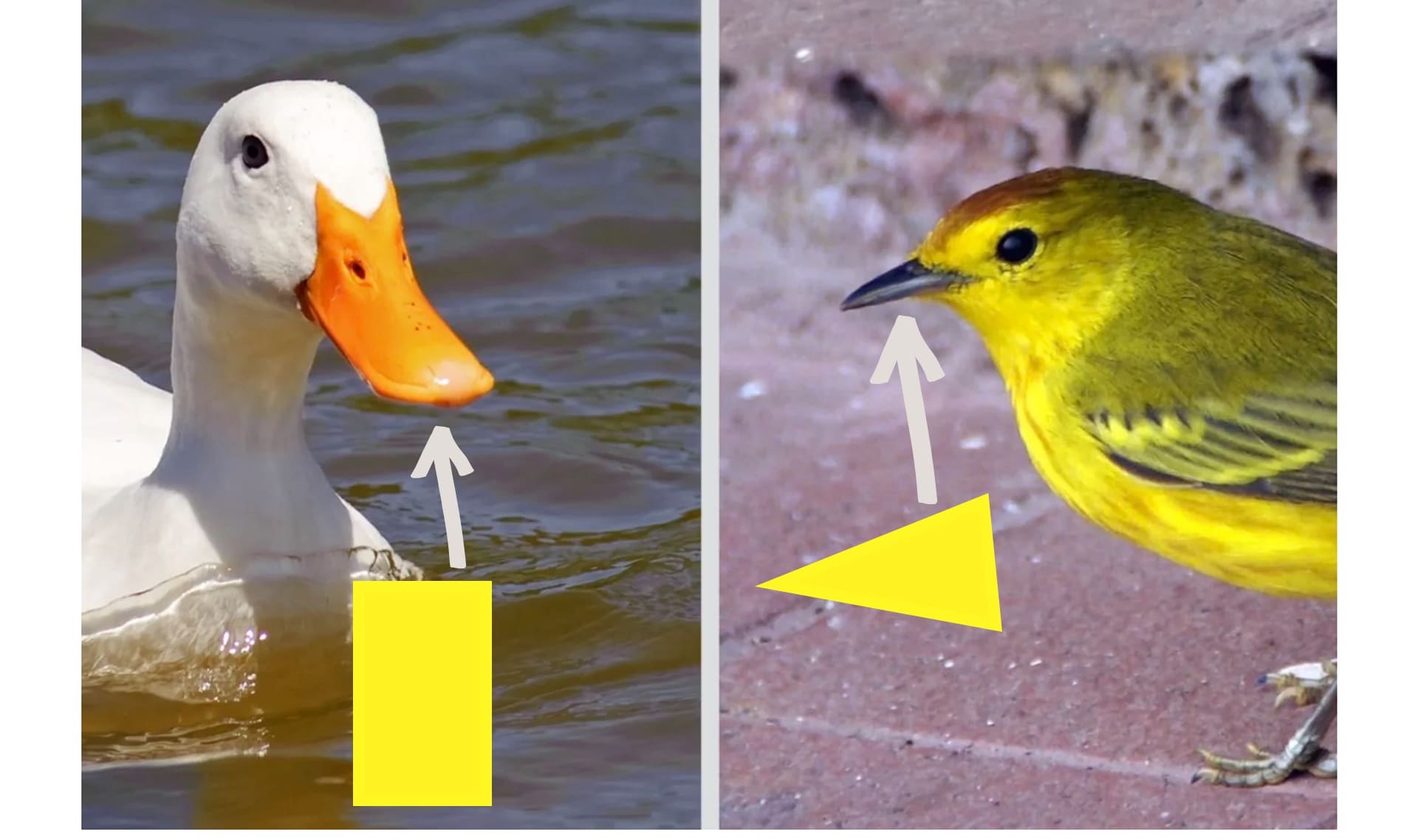
shape
1 of 13
how something looks, such as circle, square, or triangle
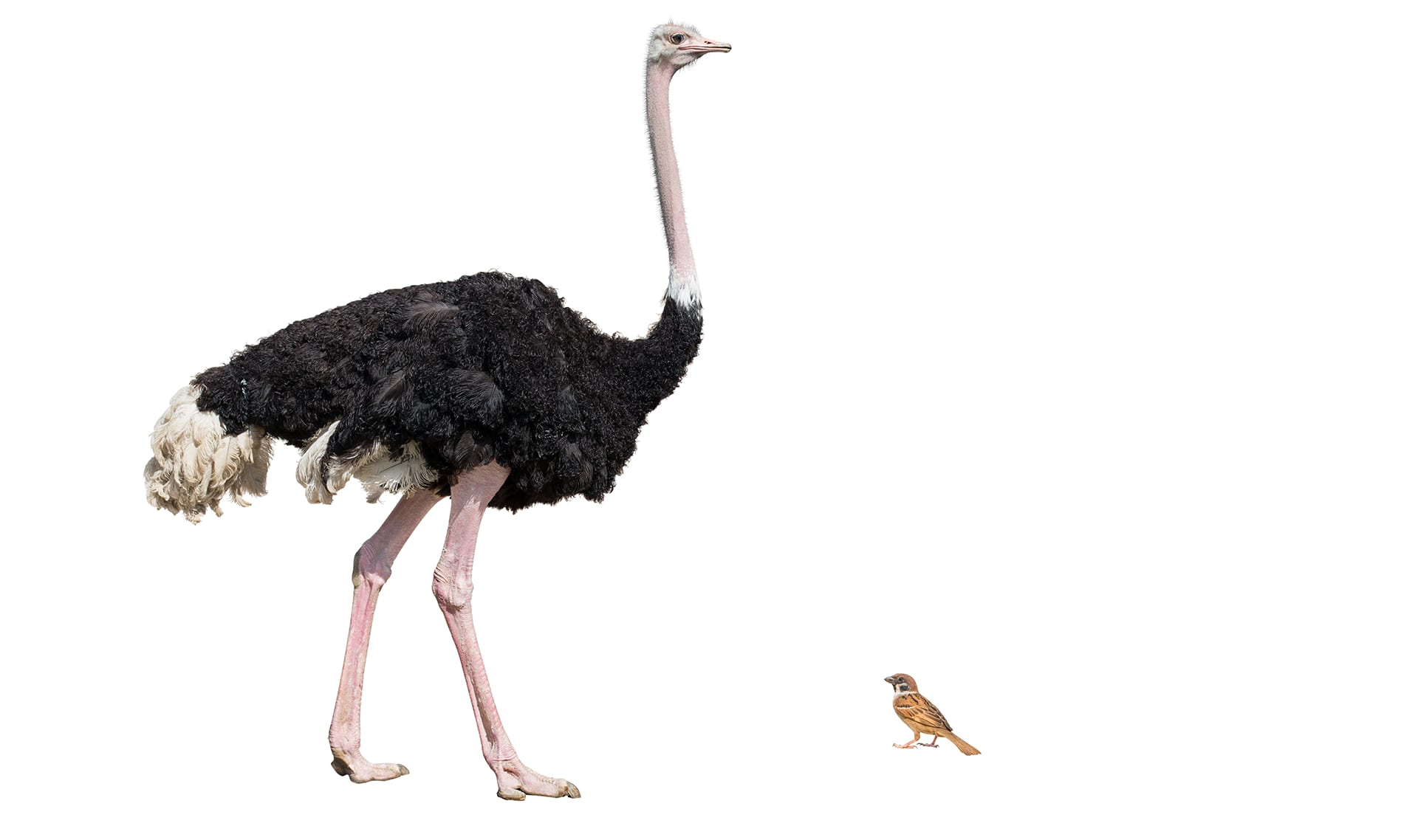
size
2 of 13
how big or small something is
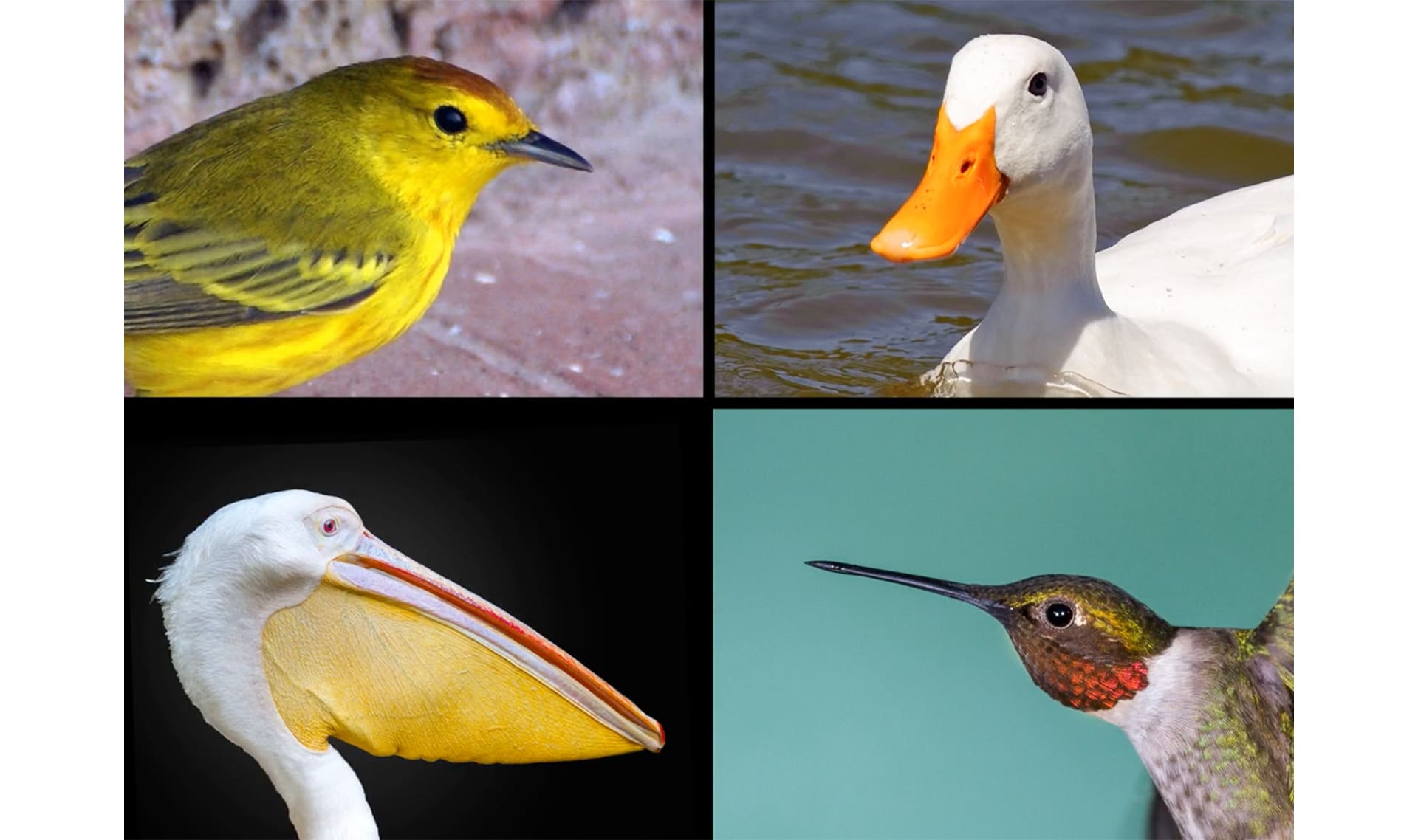
structure
3 of 13
the specific form and shape of something

Please wait…
This video is having trouble loading. You may have lost your Internet connection.
Step 1: Click to Reload this page
Step 2: Click to
Try our other video player
Step 3: contact support if trouble persists.
Or,
dismiss this message.
function
4 of 13
what something does
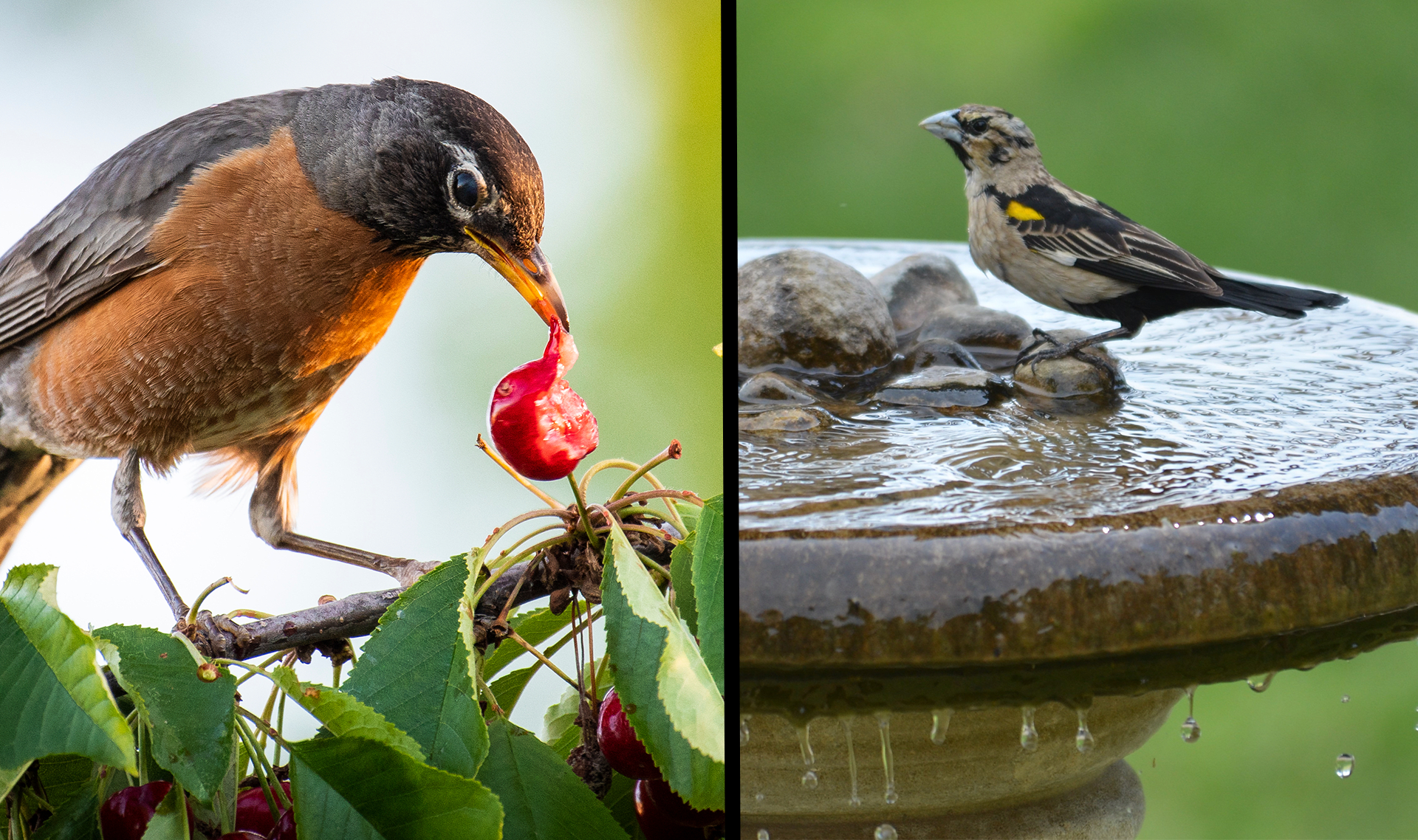
needs
5 of 13
something an animal or plant must have in order to live
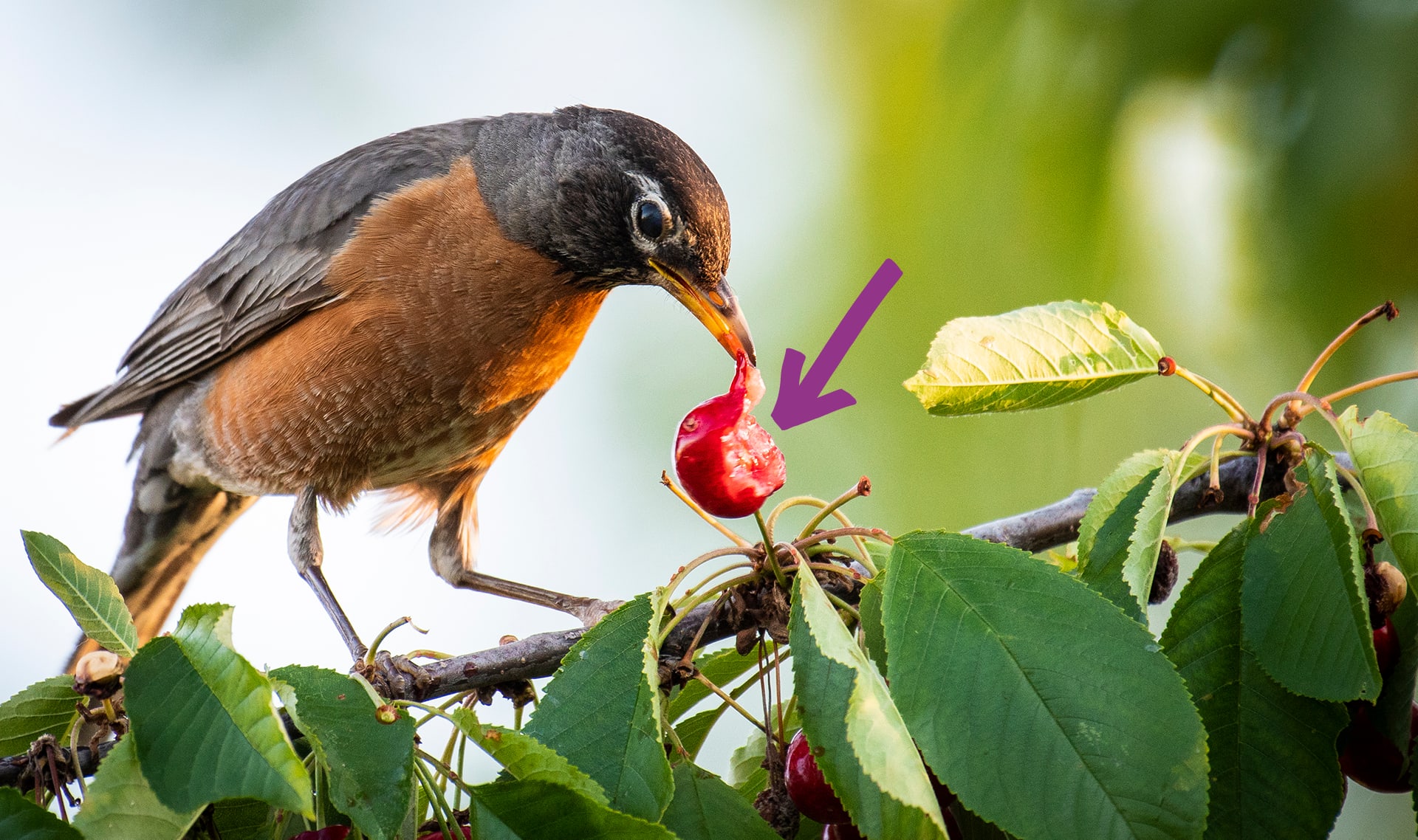
food
6 of 13
something that animals eat
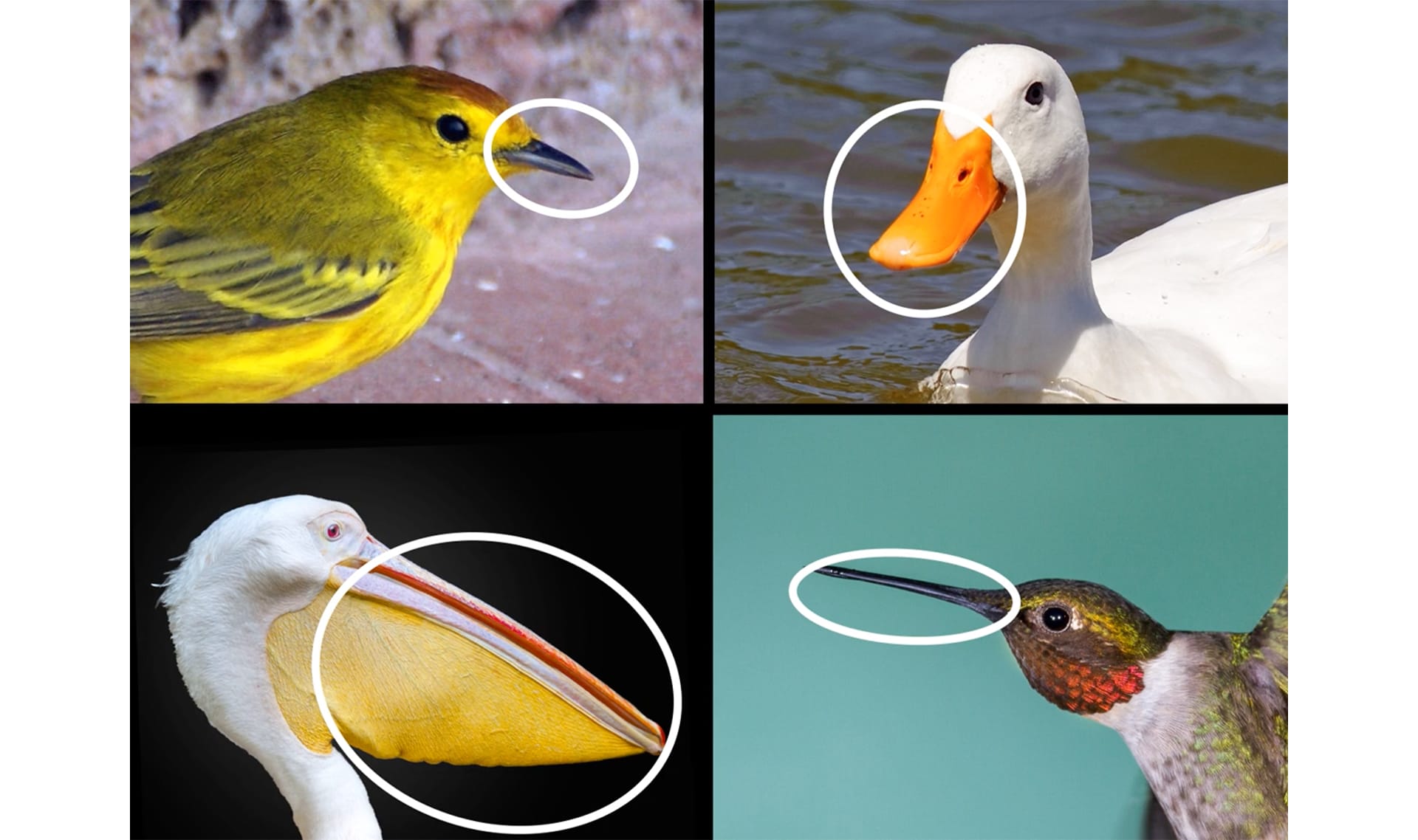
beak
7 of 13
the part of a bird that it uses to eat
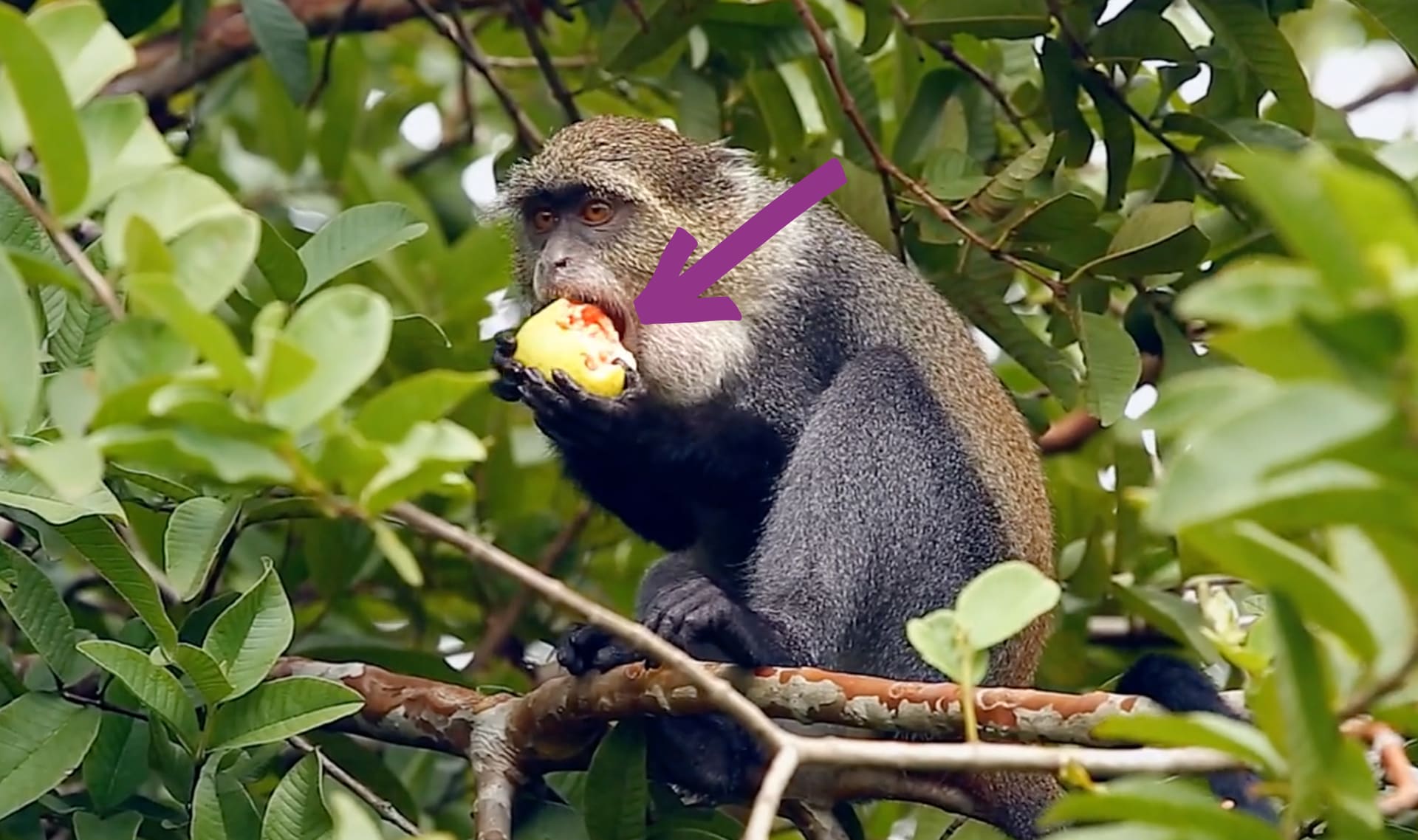
mouth
8 of 13
the opening animals use to take in food and water
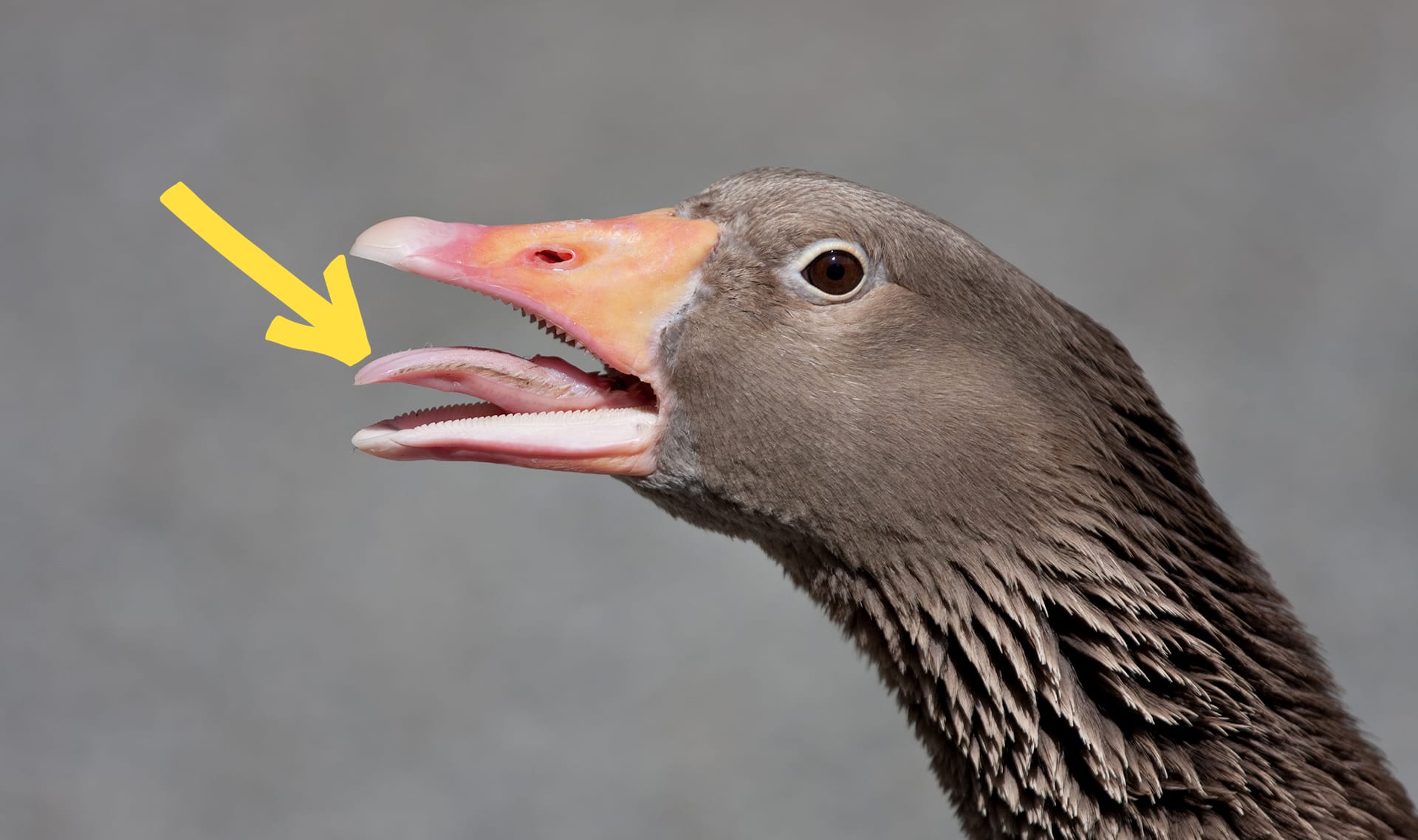
tongue
9 of 13
a part of the body, inside the mouth, used for taste
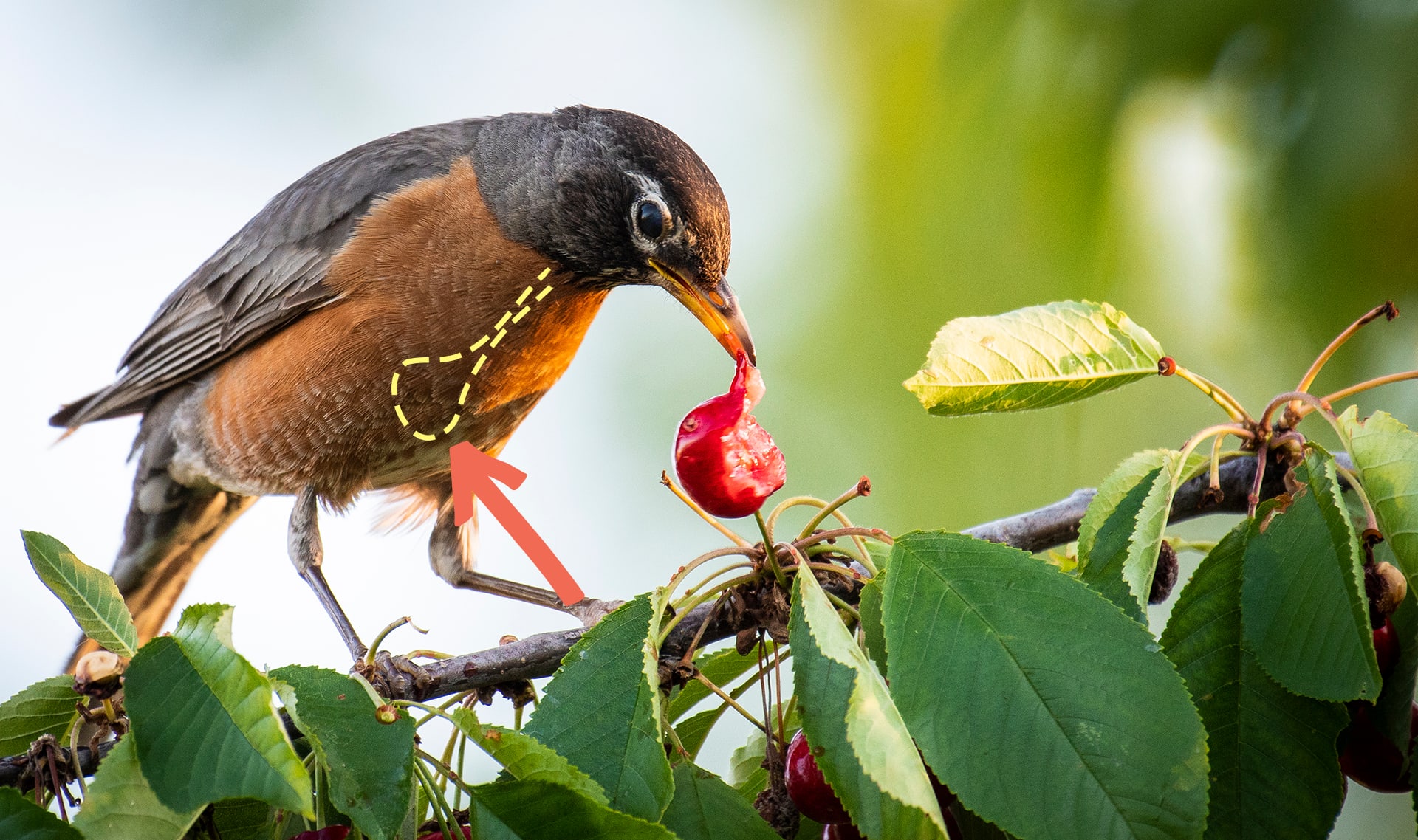
stomach
10 of 13
a part of the body where food goes after being eaten

Please wait…
This video is having trouble loading. You may have lost your Internet connection.
Step 1: Click to Reload this page
Step 2: Click to
Try our other video player
Step 3: contact support if trouble persists.
Or,
dismiss this message.
survive
11 of 13
to stay alive
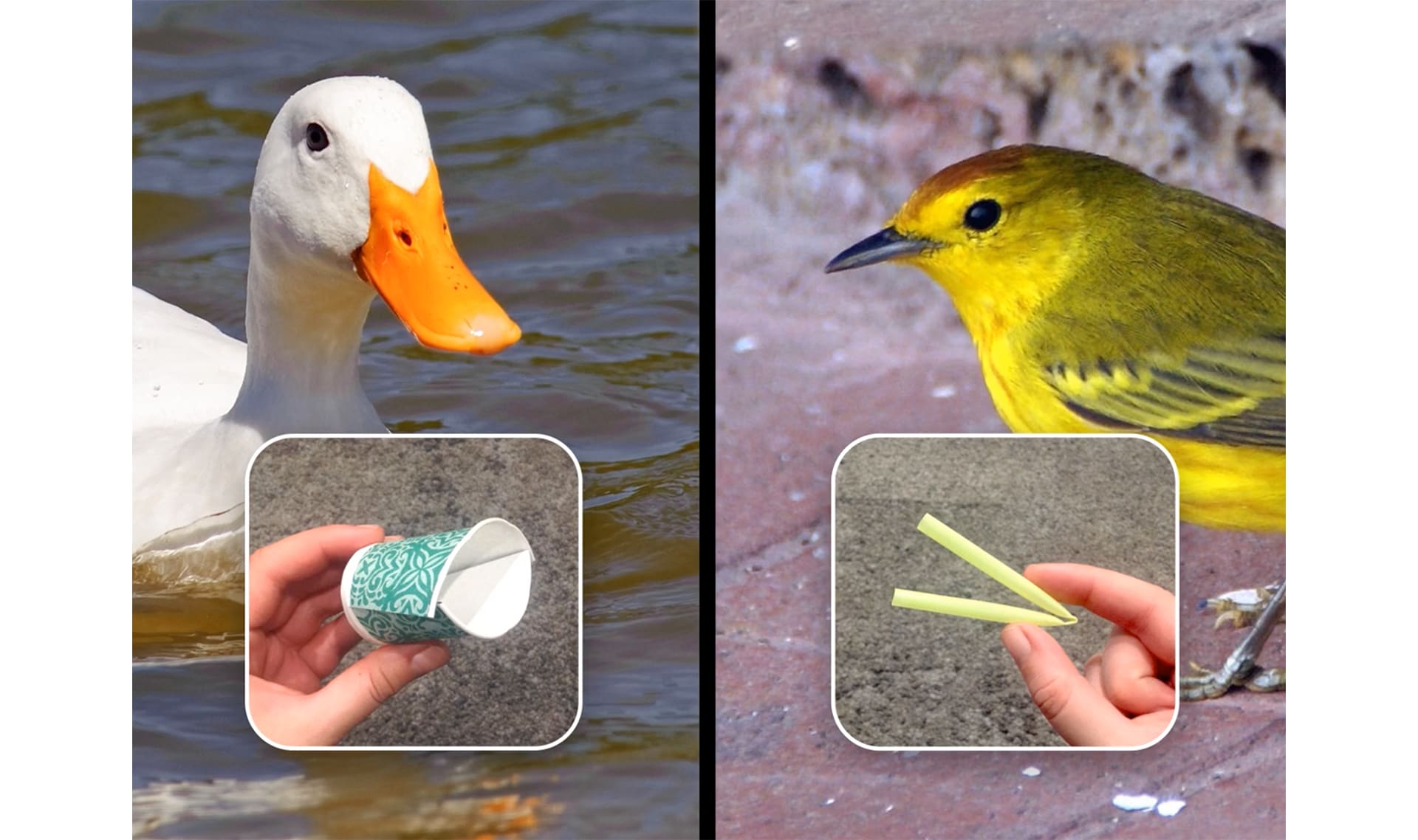
model
12 of 13
a pretend version of something that scientists use when the real thing is too big, small, or complicated to work with

Please wait…
This video is having trouble loading. You may have lost your Internet connection.
Step 1: Click to Reload this page
Step 2: Click to
Try our other video player
Step 3: contact support if trouble persists.
Or,
dismiss this message.
experiment
13 of 13
a test used to discover new information about a question
